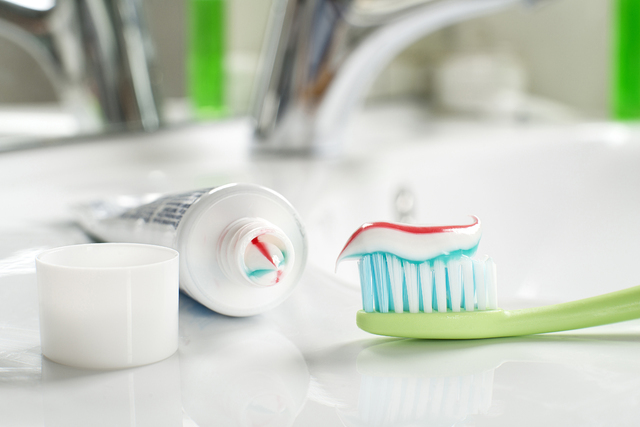Gnashing of teeth won’t solve boomers’ dental problems

It might be a stretch to expect studies on the poor oral health of baby boomers to cause weeping and gnashing of teeth — what good would that do anyway? — but the research should at least cause boomers to step up flossing.
Sadly, government studies show that a whopping 98 percent of boomers who retire at 65 — an estimated 10,000 people daily — do so without a dental benefit plan in place.
Given that the U.S. Centers for Disease Control and Prevention found that private dental insurance — often received through an employer but lost at retirement — is the primary access to care, it’s not surprising that 2013 research by the nonprofit Oral Health America group concluded that “the oral health of older Americans is in a state of decay.”
Medicare assures health insurance for Americans age 65 and older but doesn’t cover routine dental services.
Las Vegas dentist Dr. Greg Edwards — who says many boomers who had insurance often didn’t use it because of a fear of the dentist — noted recently that the implications of poor oral health extend far beyond the mouth. The inability to chew affects nutrition and missing teeth can cause social isolation.
“Too many baby boomers lose teeth and have gum disease,” he said.
Several studies have also shown a link between periodontal disease and diabetes and heart disease.
While Edwards said people who planned well for retirement often use it as a time for cosmetic dentistry that gives them the “Hollywood” smiles they dreamed of , most people don’t have thousands of dollars for implants and veneers.
But he thinks budgeting can allow even people on fixed incomes — who often only go to the dentist in an emergency — to afford dental insurance or dental discount plans for basic preventive care such as cleanings. Individual plans for $20 a month can be found at www.ehealthinsurance.com.
That maintenance care, he said, can fight off tooth decay, which can cause an extraction — or a root canal and a subsequent crown, to save the tooth, along with a bill of $2,000.
Gum disease treatment costs from $500 to $10,000, depending on the severity of the disease
“Good oral health is about maintenance,” Edwards said. “Brush, floss, get cleanings and exams and big problems stay away.”
Paul Harasim’s column runs Sunday, Tuesday and Friday in the Nevada section and Thursday in the Life section. Contact him at pharasim@reviewjournal.com or 702-387-5273. Follow @paulharasim on Twitter.